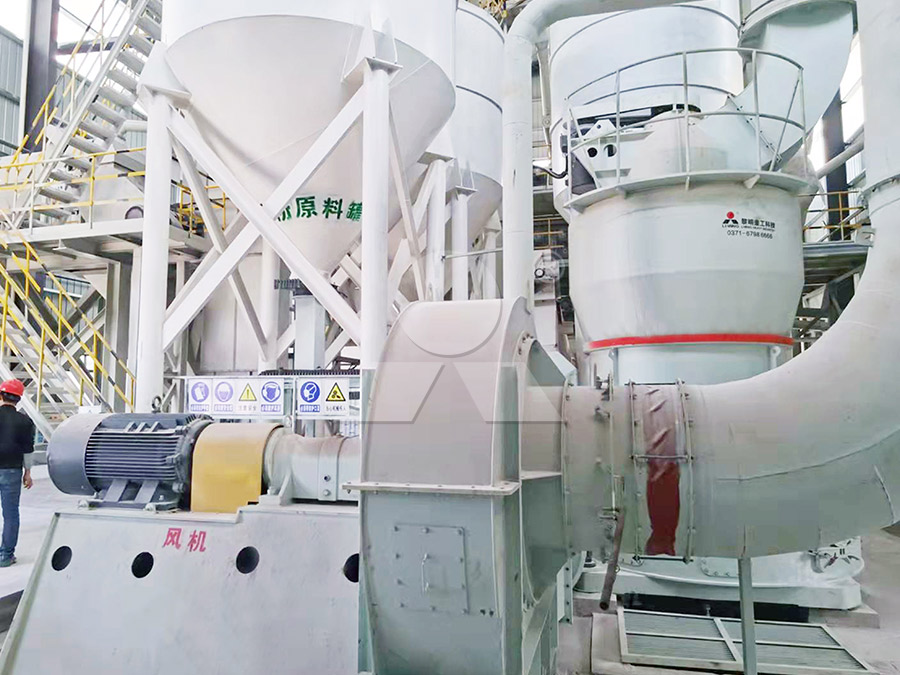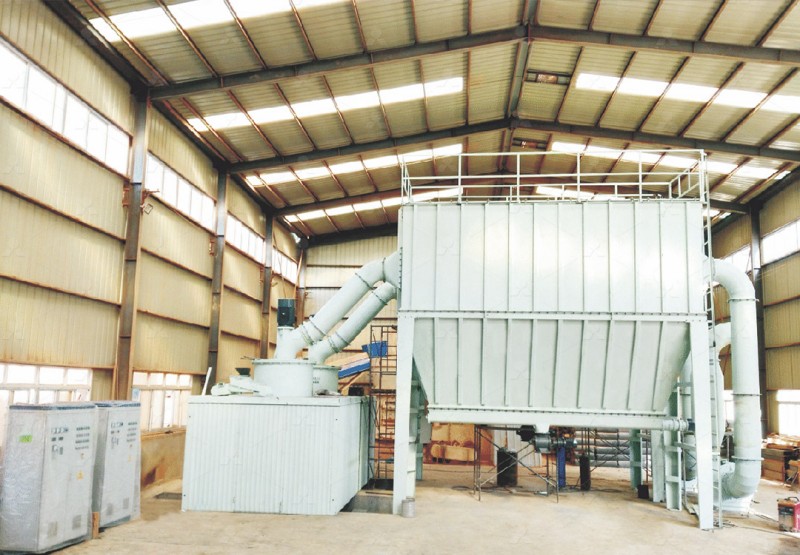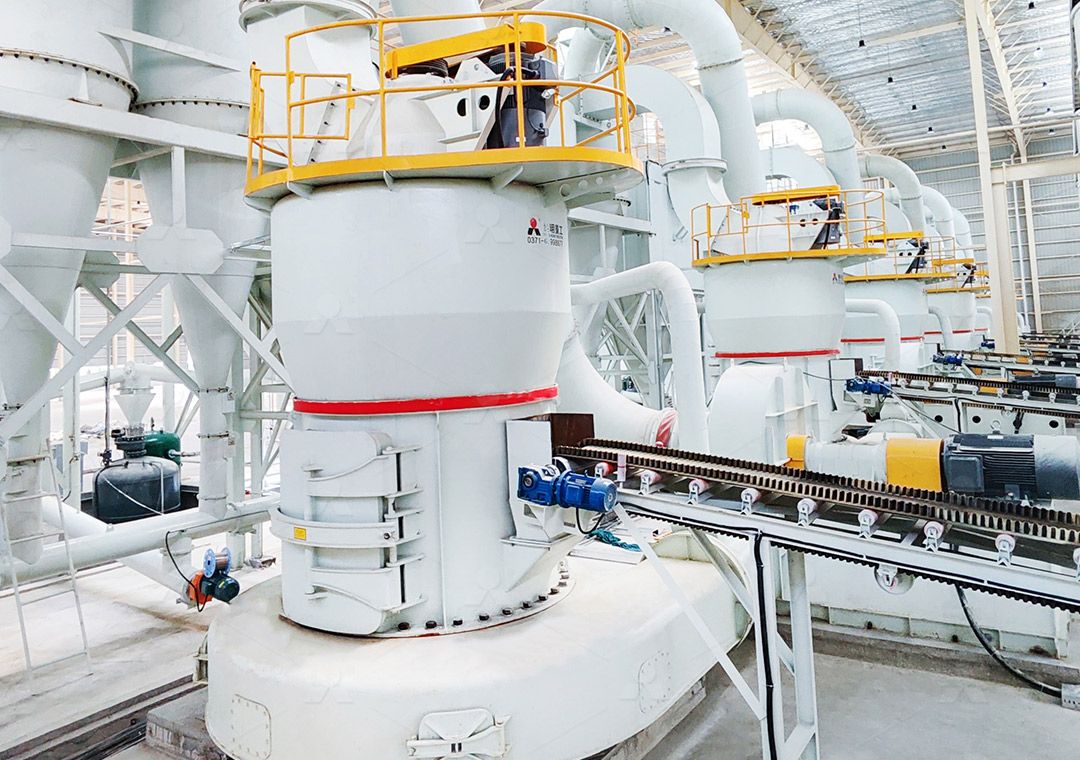Limestone Grinding Mill: A Comprehensive Guide to Equipment Selection and Operation
Limestone Grinding Mill: A Comprehensive Guide to Equipment Selection and Operation
Selecting the right limestone grinding mill is crucial for achieving optimal production efficiency, product quality, and operational cost-effectiveness. With various technologies available, understanding the key differences between mill types can significantly impact your operation’s success.
Understanding Limestone Grinding Requirements
Limestone grinding involves reducing calcium carbonate rocks to fine powders used in numerous industries including construction, agriculture, pharmaceuticals, and manufacturing. The desired fineness, production capacity, and energy efficiency requirements dictate which mill type best suits your operation.

Modern grinding mills have evolved beyond simple crushing to integrated systems that combine drying, grinding, classification, and conveying in single units. This integration reduces footprint, minimizes energy consumption, and simplifies operation.
Key Equipment Selection Factors
When selecting a limestone grinding mill, consider these critical factors:
- Required Fineness: Determine your target particle size distribution, typically measured in meshes or micrometers
- Production Capacity: Calculate your hourly throughput requirements
- Moisture Content: Assess whether drying capabilities are needed
- Energy Efficiency: Evaluate long-term operational costs
- Space Constraints: Consider the available footprint for installation
- Environmental Compliance: Ensure dust and noise control measures
Advanced Grinding Solutions for Limestone
For operations requiring ultra-fine limestone powder with exceptional quality control, the MW Ultrafine Grinding Mill represents a technological breakthrough. This advanced system processes materials with input sizes up to 20mm and delivers capacities ranging from 0.5 to 25 tons per hour.
The MW series stands out with its innovative design that eliminates rolling bearings and screws within the grinding chamber, significantly reducing maintenance concerns and potential machine damage from loose components. Its German-engineered cage-type powder selector enables precise fineness adjustment between 325-2500 meshes, achieving remarkable screening rates of d97≤5μm in a single pass.

What makes the MW Ultrafine Grinding Mill particularly valuable for limestone processing is its exceptional energy efficiency. Compared to traditional jet mills and ball mills, it reduces system energy consumption by up to 70% while increasing production capacity by 40%. The integrated pulse dust collector and muffler system ensures environmentally friendly operation that meets stringent international standards.
Operational Best Practices
Proper operation extends equipment lifespan and maintains product quality. Regular maintenance of grinding elements, monitoring of vibration levels, and systematic inspection of wearing parts are essential. For the MW Ultrafine Grinding Mill, the external lubrication system allows maintenance without shutdown, supporting continuous 24-hour operation that maximizes productivity.
Material feeding consistency directly impacts grinding efficiency. Implement controlled feeding systems to maintain optimal material bed depth in the grinding zone. Monitor separator speed adjustments to fine-tune product fineness without compromising throughput.

Comparative Mill Technologies
While the MW Ultrafine Grinding Mill excels in fine and ultra-fine limestone powder production, other technologies serve different needs. Vertical roller mills like the LUM series offer excellent drying capabilities for materials with higher moisture content. Traditional Raymond mills provide cost-effective solutions for coarser applications, while ball mills remain relevant for certain wet grinding processes.
The LUM Ultrafine Vertical Grinding Mill presents another sophisticated option, particularly when space constraints or integrated drying requirements exist. With input sizes up to 10mm and capacities of 5-18 tph, it incorporates the latest grinding roller and powder separating technologies for exceptional performance in superfine dry powder production.
Frequently Asked Questions
Q: What is the optimal moisture content for limestone before grinding?
A: For most grinding mills, moisture content should be below 5-6%. The MW Ultrafine Grinding Mill typically handles materials with minimal moisture, while vertical mills like the LUM series can integrate drying for materials with higher moisture content.
Q: How often should grinding elements be replaced?
A: Replacement frequency depends on material abrasiveness and operating hours. The MW Ultrafine Grinding Mill’s wear-resistant alloys typically last 1.7-2.5 times longer than conventional materials, with most operations scheduling inspections every 800-1,000 hours.
Q: Can the same mill process different mineral materials?
A: Yes, the MW Ultrafine Grinding Mill processes various non-metallic minerals including calcite, dolomite, talc, and barite. However, thorough cleaning between material changes is recommended to prevent cross-contamination.
Q: What safety features are incorporated in modern grinding mills?
A: Advanced mills include multiple safety systems such as mechanical limiting protection, vibration monitoring, automatic pressure adjustment, and comprehensive sealing to prevent dust emission. The MW series specifically features position-limiting technology to prevent destructive impacts during operation.
Q: How does fineness adjustment work in ultrafine mills?
A: The MW Ultrafine Grinding Mill utilizes a sophisticated cage-type powder selector with PLC control, allowing operators to precisely adjust rotor speed and airflow to achieve the target particle size distribution between 325-2500 meshes.
